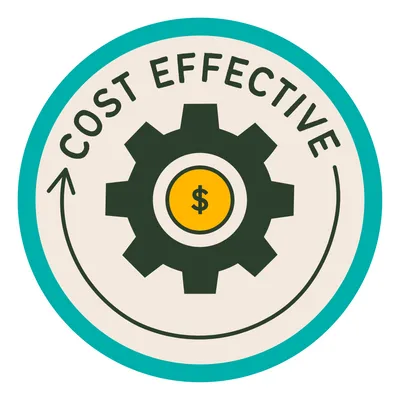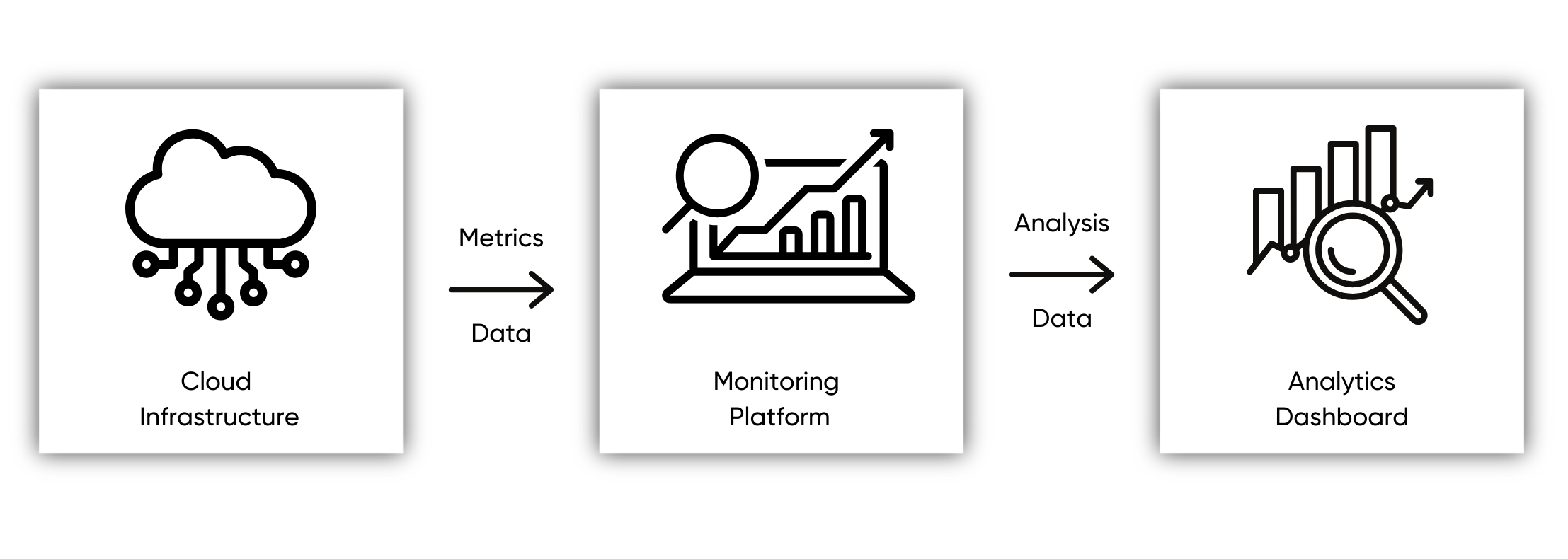Cloud Cost Optimization: Maximizing Profit and Scalability
Tue, Dec 24, 2024
Cloud computing has transformed the way businesses operate, offering unparalleled scalability, flexibility, and accessibility. However, the dynamic nature of cloud services can also lead to unpredictable and escalating costs if not managed properly.
Cloud cost optimization is a strategic approach to controlling and minimizing the expenses associated with cloud computing services, ensuring businesses get the most value from their cloud investments.
What is Cloud Cost Optimization?
Cloud cost optimization involves allocating the most appropriate and cost-efficient cloud resources to each workload or application, balancing performance, cost, compliance, and security requirements. This dynamic process responds to changing application requirements and the constantly evolving cloud pricing and service options.
The Potential of Cloud Cost Reduction
Financial Windfall: Companies can drastically cut operating expenses by simplifying cloud spending. This can be done by eliminating inefficient procedures like inadequate use and over-provisioning. Organizations can improve their overall financial health and increase their bottom line by only paying for what is actually needed.
Predictable Finances: Accurate financial forecasting and planning are possible for enterprises through efficient cloud cost management. This removes the possibility of unforeseen costs and budget overruns, giving strategic decision-making a strong basis.
Using Business Agility: Businesses can scale their operations with ease and react quickly to changes in the market, thanks to optimized cloud resources. In the modern business climate, this agility gives firms a competitive edge.
Scalability's Contribution to Cost Reduction
One important aspect of cloud computing that directly impacts cost minimization is scalability.
-
Auto-Scaling: To adapt resource capacity to demand, use cloud services like auto-scaling. This lowers expenses during times of low demand by guaranteeing that you only pay for the resources you use.
-
Dynamic Resource Allocation: Implement systems that automatically distribute and release resources in real time. By ensuring that resources are always optimized for the demands of the current task, waste, and overprovisioning are reduced.
Real-Time Insights for Optimal Cloud Spending

Controlling cloud expenses requires real-time analytics and monitoring. Businesses can proactively detect and resolve expenditure irregularities by employing sophisticated technologies with machine learning capabilities. This early detection technology makes it possible to take prompt corrective action and helps avoid unanticipated expense rises. A detailed picture of operating costs and return on investment is provided by thorough reporting. Organizations can decide on resource allocation and optimization tactics with knowledge if expenses are broken down by team, feature, and product. Businesses can optimize the return on their cloud investments thanks to this fine-grained level of insight.
Adopting Cloud-Native for Scalable and Cost-effective Solutions
Consider using a cloud-native design to optimize performance and save as much money as possible. This strategy makes use of cloud-specific features to dynamically modify resource allocation in response to demand.
Important Techniques for Low-Cost Cloud Operations:
Dynamic Scaling and Load Balancing: Use load balancing and auto-scaling techniques to automatically allocate workloads among several servers. This guarantees effective use of resources, enabling you to only pay for the processing power that you use.
Using Well-Architected Frameworks: To help you create your cloud architecture, make use of frameworks such as the Well-Architected Tool. These frameworks offer suggestions and best practices for maximizing operational excellence, cost, performance, security, and dependability. You can strike a balance between performance needs and cost reductions by incorporating these factors into your design.
You may drastically lower operating expenses and raise the general effectiveness of your cloud infrastructure by implementing these tactics.
Tools and Automation
- Cost Management Consoles: Use cost management consoles that provide detailed visibility into cloud expenditure. These consoles often include features like cost anomaly detection, budgeting, and forecasting to help manage cloud costs effectively.
- Automated Recommendations: Use tools that provide automated recommendations for cost savings. These tools can suggest right-sizing, identify idle resources, and optimize storage options based on usage patterns.
- Machine Learning and Automation: Use machine learning and automation to continuously determine and deploy the most balanced and cost-effective compute resources. This is particularly beneficial for DevOps teams running Kubernetes.
Image Source - https://www.simform.com/blog/aws-cloud-cost-optimization/
Example Chart: Cost Savings Over Time
|
Month Original Cost |
Original Cost |
Optimized Cost |
Savings |
|
Jan |
$10,000 |
$8,000 |
$2,000 |
|
Feb |
$10,500 |
$8,200 |
$2,300 |
|
Mar |
$11,000 |
$8,500 |
$2,500 |
|
Apr |
$10,800 |
$8,300 |
$2,500 |
|
May |
$11,200 |
$8,600 |
$2,600 |
This chart illustrates the potential cost savings over several months by implementing various cloud cost optimization strategies. The original cost represents the expenditure without any optimization, while the optimized cost shows the reduced expenditure after implementing the strategies. The savings column highlights the difference between the original and optimized costs.
Conclusion
Cloud cost optimization is a critical strategy for businesses to maximize their cloud investments while minimizing costs. By implementing best practices such as right-sizing resources, using reserved and spot instances, and using appropriate storage options, businesses can significantly reduce their cloud expenditure.
The scalability features of cloud services, such as auto-scaling and load balancing, further improve cost efficiency by providing resources that are used optimally. Through the use of advanced tools and automation, businesses can achieve better financial predictability, improved agility, and ultimately, higher profits.







